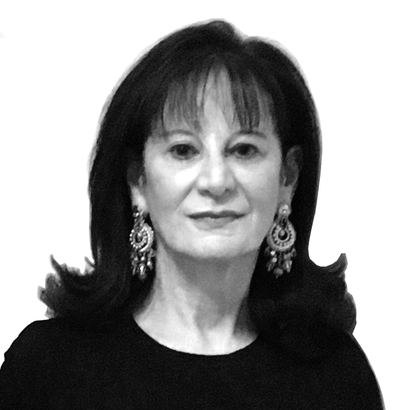This hasn’t yet been declared the year of Lee Miller, but it’s getting there. A Jazz Age cover model by accident and arresting beauty—and the subject of nude studies by her father during her tempestuous coming of age—Miller changed course with the announcement “I’d rather take a picture than be one.” The headline-making career she forged for herself absorbed Surrealism in concert with Man Ray and Elsa Schiaparelli, and took on more avant-garde ideas knocking about with Pablo Picasso, Dora Maar, Paul Éluard, and Jean Cocteau. She flashed through an early society marriage (to the Egyptian businessman Aziz Eloui Bey) and took traumatizing close-ups of combat during World War II that never left her haunted mind.
To commemorate this singular track record of achievements, and Miller’s inescapable glamour, next month the Gagosian gallery on New York’s Madison Avenue will mount “Seeing Is Believing: Lee Miller and Friends,” a show that puts her in the company of Joseph Cornell, Max Ernst, Picasso, and the English Surrealist Roland Penrose, her second husband, who proposed to her with a poem and a pair of gold handcuffs. Their granddaughter, Ami Bouhassane, was heard from this week, with the publication of Love Letters: Bound in Gold Handcuffs, a book compiled from a stash of passionate letters between Lee and Roland that she discovered recently.
And lots of this was up on-screen last month, when the Toronto Film Festival premiered the biopic Lee, starring Kate Winslet, who has also written the foreword to Lee Miller: Photographs (publishing on October 10), an impressive collection of more than 100 Miller pictures, excerpted here, that Antony Penrose, Lee and Roland’s son, culled from the fashion photography, advertising campaigns, portraiture, and photojournalism with which Miller made her name. (Born Elizabeth Miller in Poughkeepsie, New York, she ended up Elizabeth, Lady Penrose, the doyenne of an East Sussex farm estate now open to the public as an artists’ house and gardens.)
Apologies to Greta Gerwig, but is a Lee Miller Barbie far behind?
A defining quality of many of Miller’s photographs is a bold immobility—Antony Penrose argues that her Surrealist’s eye turned subjects into “unique objects,” which held true even when she and Man Ray were mutual muses. But it was not her way of being.
Having parted with Bey to take up with Roland Penrose in 1939, Miller had her large Packard shipped to Athens for a road trip through Greece, Bulgaria, and Romania, only to be turned back as Europe plunged into war. With the Blitz shattering London around her, she arranged Vogue fashion shoots against rubble backdrops, and made hard times look sexy with compositions such as Colored Stockings: a woman’s crossed legs, peeping out from beneath a frilled skirt and arched against a mantelpiece, covered in thickly knit leggings instead of silk.
As America entered the war, Miller became accredited as a photographer with the U.S. Army, and bore witness—whether to the napalm siege of Saint-Malo or the opening of the concentration camps, where she searched among the gaunt faces of the barely living for friends the Gestapo had taken away. She posed for a camera once more, briefly, in Munich, snapped nude in Hitler’s bathtub by her friend David E. Scherman, a Life-magazine correspondent, the white bath mat beneath her discarded combat boots intentionally smeared with dirt from Dachau.
That Miller never quite recovered from what she’d seen during the war doesn’t mean that photography left her. Commissions found her at Farley Farm, the property that she and Roland transformed into a rambling Surrealist project. “When James Joyce Lived in Dublin” was a Vogue assignment, and, in all, she took 1,000 pictures of Picasso (he painted her six times), some for her husband’s books. Miller created a memory bank for the 20th century. She gave women who came after her something to aspire to.
A few years before she died, The New York Times asked her what it was she liked so much about photography. It was “a matter of getting out on a damn limb,” she answered, “and sawing it off behind you.”

Love Letters: Bound in Gold Handcuffs, edited by Antony Penrose, is out now. Lee Miller: Photographs, collected by Penrose, will be published on October 10 by Thames & Hudson
“Seeing Is Believing: Lee Miller and Friends” opens at Gagosian gallery’s Upper East Side space, at 976 Madison Avenue, New York, on November 11. Lee, starring Kate Winslet, premiered at the Toronto Film Festival last month, with a theatrical release to follow later this year
Celia McGee is a New York–based arts-and-culture reporter. She writes regularly about books for The New York Times and other publications















